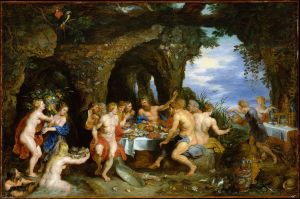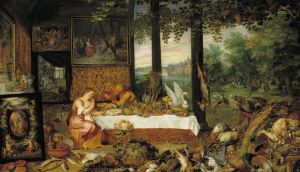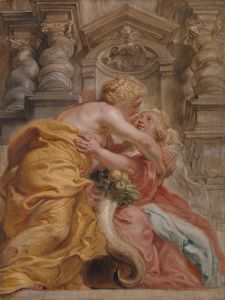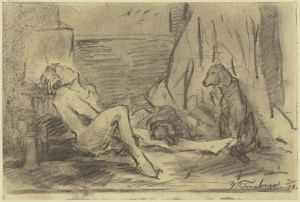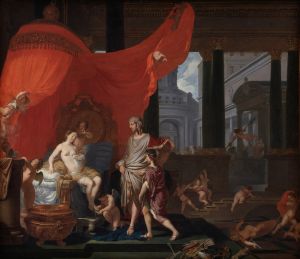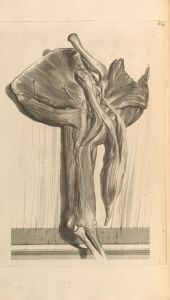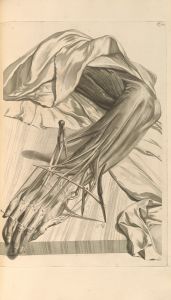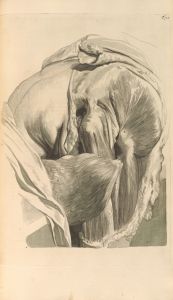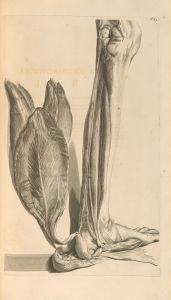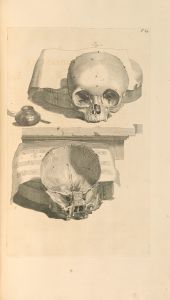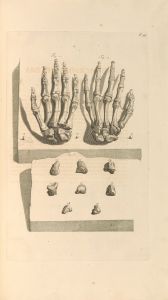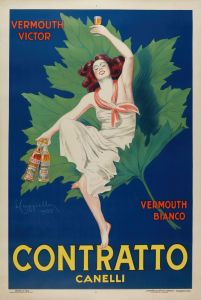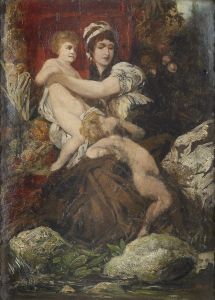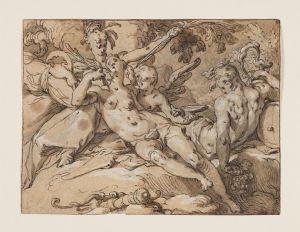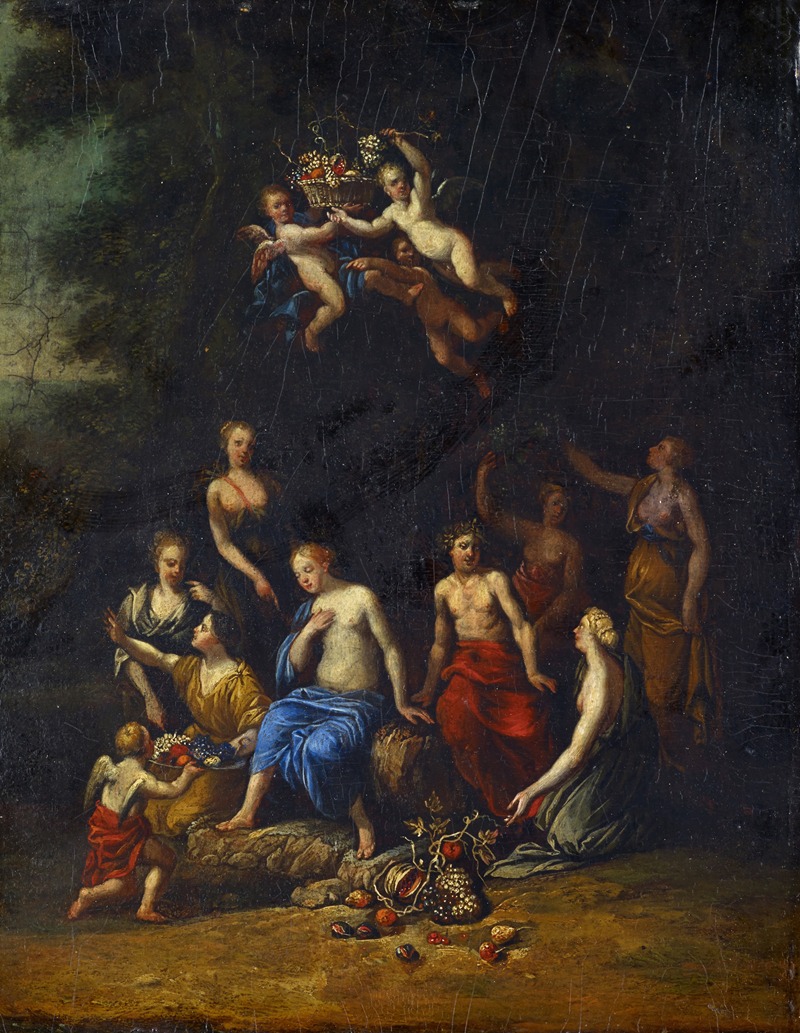
Bacchus and Pomone
A hand-painted replica of Gerard de Lairesse’s masterpiece Bacchus and Pomone, meticulously crafted by professional artists to capture the true essence of the original. Each piece is created with museum-quality canvas and rare mineral pigments, carefully painted by experienced artists with delicate brushstrokes and rich, layered colors to perfectly recreate the texture of the original artwork. Unlike machine-printed reproductions, this hand-painted version brings the painting to life, infused with the artist’s emotions and skill in every stroke. Whether for personal collection or home decoration, it instantly elevates the artistic atmosphere of any space.
Gerard de Lairesse's painting Bacchus and Pomone is a work by the Dutch Golden Age artist, who was active during the late 17th century. De Lairesse, known for his classical and allegorical themes, was heavily influenced by the Baroque style and the ideals of French classicism. His works often depicted mythological and historical subjects, reflecting his deep engagement with classical antiquity.
The painting Bacchus and Pomone portrays the Roman god Bacchus, associated with wine, revelry, and fertility, alongside Pomona, the goddess of fruit trees, gardens, and orchards. This subject matter aligns with de Lairesse's interest in classical mythology and his ability to render allegorical themes with elegance and sophistication. The interaction between Bacchus and Pomona in the painting likely symbolizes themes of abundance, nature, and the harmonious relationship between agriculture and festivity.
De Lairesse's style is characterized by his refined technique, balanced compositions, and idealized figures, which are evident in this work. His approach reflects the influence of French academic painting, particularly the works of Nicolas Poussin and Charles Le Brun, whom de Lairesse admired. The artist's use of soft lighting, harmonious color palettes, and carefully arranged poses contributes to the serene and timeless quality of the painting.
While specific details about the commission or provenance of Bacchus and Pomone are not widely documented, it is consistent with de Lairesse's oeuvre, which often catered to the tastes of wealthy patrons who appreciated classical themes. De Lairesse's career was marked by his transition from a successful painter to a theorist of art after he lost his eyesight later in life. His writings, including The Great Book of Painting (Het Groot Schilderboek), were influential in shaping art theory in the Netherlands and beyond.
Today, Bacchus and Pomone is recognized as an example of de Lairesse's mastery in blending mythological storytelling with the aesthetic principles of his time. The painting is housed in the Rijksmuseum in Amsterdam, where it is part of the museum's extensive collection of Dutch Golden Age art. Visitors to the museum can view this work alongside other notable pieces by de Lairesse and his contemporaries, offering insight into the rich artistic culture of the period.
This painting exemplifies Gerard de Lairesse's ability to merge technical skill with intellectual depth, making it a significant contribution to the canon of Dutch Golden Age art.





